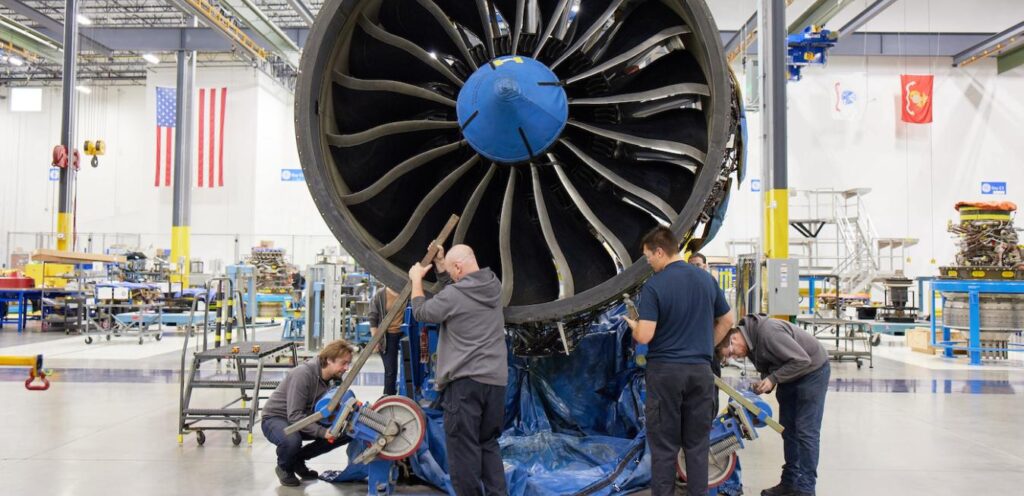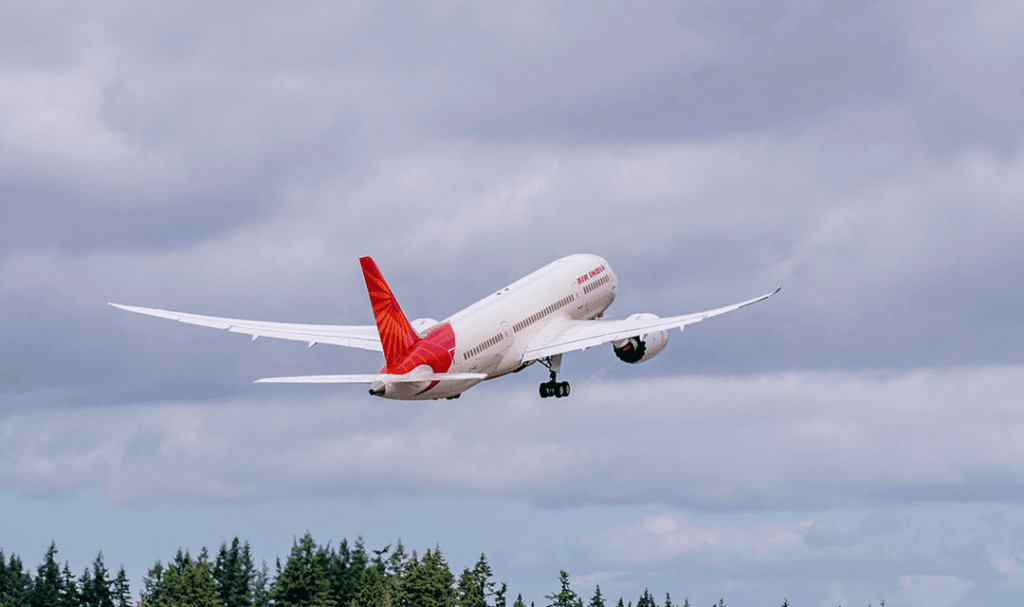Aviation Industry Takes Off Towards Net Zero Emissions: GE Aerospace and Boeing Lead the Way

Washington DC, 5 June. As the world commemorates World Environment Day, the aviation industry is soaring towards a greener future, driven by the commitment of companies like GE Aerospace and Boeing. These industry giants are pioneering sustainable technologies and forging partnerships to achieve net-zero carbon emissions by 2050. With advancements in fuel-efficient engines, alternative fuels, and ground-breaking research initiatives, they are propelling the aviation industry towards a more sustainable and environmentally friendly future.

GE AEROSPACE
“At GE Aerospace, we are steadfast in our commitment to sustainability, working tirelessly to create a greener future. With a proven track record of technology and innovation, our fuel-efficient engines such as Passport, GEnx, CFM LEAP, GE9X, and Catalyst are driving a remarkable 40% reduction in fuel consumption and CO2 emissions compared to engines manufactured decades ago. Through advancements like composite fan blades, additive manufacturing, Ceramic Matrix Composites, and advanced combustion designs, we are leading the way in reducing environmental impact.
We are actively partnering with the aviation industry to accelerate the adoption of alternative fuels, recognizing that achieving net-zero carbon emissions by 2050 requires a collective effort. Our focus on developing sustainable aviation fuel (SAF) pathways and standardizing 100% SAF specifications through partnerships and industry committees has been ongoing since 2007. We are determined to create gas turbines that are compatible with 100% SAF, hydrogen, and electric power, ensuring fuel flexibility and environmental sustainability. Looking ahead, we are shaping the future of flight through substantial investments in research and development. With $1.6 billion spent in 2021 alone, we are maturing technologies that will enable a more sustainable aviation industry. Our bold programs, including CFM RISE, NASA megawatt-class hybrid electric powertrain, and CFM hydrogen combustion, are aimed at reducing carbon emissions and improving fuel efficiency by an impressive 20% compared to current aircraft engines. Through rigorous ground and flight tests planned for the 2020s, we are determined to demonstrate the readiness of these technologies for implementation by the mid-2030s.
As leaders in decarbonizing aviation, we embrace our responsibility wholeheartedly. Our ambition extends beyond product innovation; we are actively supporting industry initiatives to achieve net-zero carbon emissions from flight by 2050. Additionally, we are committed to making our own operations carbon neutral by 2030, utilizing low-carbon energy agreements and sourcing. Our comprehensive approach to sustainability propels us towards an environmentally friendly future for aviation. At GE Aerospace, we strive to make every flight a step towards a greener world.”
— Vikram Rai, Country Head, South Asia and Indonesia of GE Aerospace.

BOEING INDIA
“Boeing has set an ambitious target to address the long-term sustainability of commercial aviation by committing that its commercial airplanes are capable and certified to fly on 100% sustainable aviation fuels by 2030.”
We see great potential for SAF production in India and by India. As a member of the World Economic Forum’s Clean Skies for Tomorrow (CST) initiative, Boeing contributed to the first report “Deploying Sustainable Aviation Fuels at Scale in India” in 2021 as a starting point for public-private taskforce to design an implementable policy framework for decarbonizing aviation in India. As a key contributor to this report, Boeing helped determine that ~10% of India’s SAF needs by 2030 can be met through domestic production. As a result, we entered into a partnership with SpiceJet and the Council of Scientific and Industrial Research – Indian Institute of Petroleum (CSIR-IIP) to help test and certify a domestically produced SAF.”
— Mr Salil Gupte, President , Boeing India.





